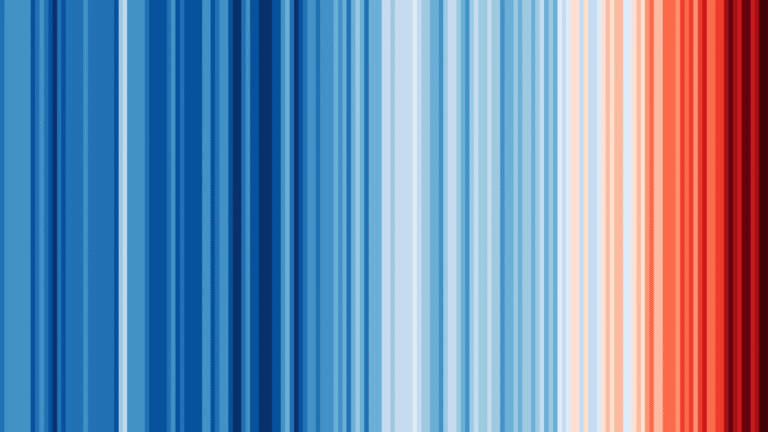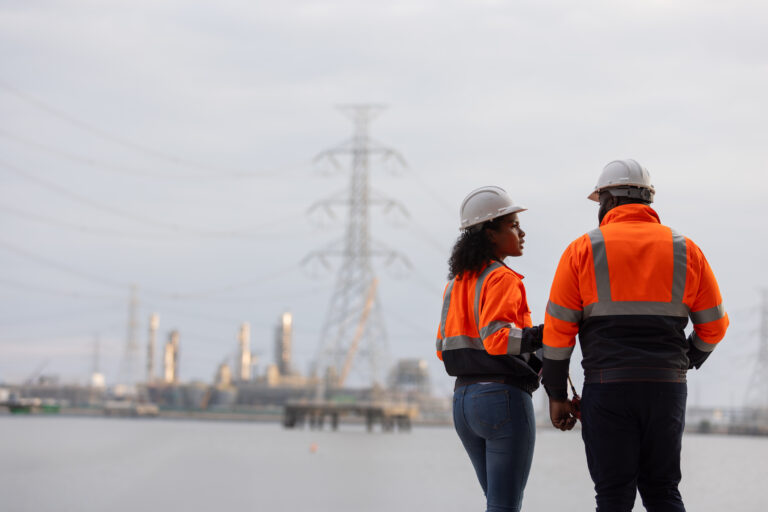The energy industry is now more reliant than ever on consumption information. Knowing how much is being used or generated at any given time is vital to ensuring the network is balanced. Even in your own property, knowing what you are using is important to allow for effective budgeting.
This need for data has increased the use of smart meters and AMR (Automated Meter Reading) devices, making it easier to track energy consumption day-to-day. Smart meters are the latest generation of gas and electricity meters that have put an end to estimated billing which can lead to inaccuracies or over-charging. All smart meters are connected to a secure smart data network, so readings can be automatically sent to your supplier on a monthly basis, or more frequently if required. This helps to ensure that your bills are accurate.
Smart meters also feature a display screen showing exactly how much energy has been used in pounds and pence, helping track your usage. However, smart meters only tell you how much energy you are consuming in total, not what is consuming the most energy within the property. So, how can you find that information out?
How can you measure energy usage?
It’s important to understand how energy companies calculate your electricity bill. On the bill, there is a lot of information that can be difficult to understand.
Power is measured in watts (W), but you’ll usually see it written as kilowatts (kW), which is 1000W. On your electricity bill, the measurement your supplier uses is the kilowatt hour (kWh). A kWh is a unit of energy, with 1 kWh representing a 1 kW unit operating for one hour. If a device consumes 1 kW of power and is on for one hour, it sustains 1 kWh of energy. If you switch on a 200W light bulb, it will take five hours to get to 1 kWh of energy.
Take a look at your electricity bill. Take the total monthly cost and divide that by the total energy consumption (in kWhs). The resulting figure is your cost per unit. It’s worth doing this calculation even if you think you know the cost per unit.
A rough estimate
A quick and simple way to find out what your devices are using is to look at the packaging or on the device itself. There will an information panel that tells you the maximum power in watts.
If you take this figure, multiply it by the duration it is used for in hours, then divide by 1000, you have your kWh consumption. It is a rough and unreliable answer, but helpful for guidance on your appliances’ energy usage. For instance, the kettle in our office says it uses 2520-3000W (kettles are notoriously power-hungry). Assuming we take the average amount of 2760W and it’s in use for three hours a day, we can make a rough calculation for the kWh:
2760 (watts) × 3 (hours) ÷ 1000 = 8.28 kWh
If we look at our energy bill or use the method in the previous section, we can check how much per kWh we are charged and calculate the daily running cost of our kettle.
Keep in mind this method relies on appliances running at the labelled wattage, but this number is usually a maximum. Most appliances typically use about half the shown figure.
What is consuming the most energy in your building?
Statistically, heating or cooling the building uses the most energy, followed by your water heater. In our visits to client sites, we frequently find that heating is on for longer than necessary. Reducing heating by 1ºC can reduce energy costs by 8%, while using the heating for an hour less each day will make a similar saving. So pay attention to temperature set points and remember to react to British Summer Time, weekends and closures, such as Bank Holidays and the Christmas period.
Sometimes, the smallest changes can have the biggest impact. Here is an illustration of what leaving your appliances on unnecessarily could be costing you.
1. Desktop Computer and Monitor
Typically, a standard desktop computer and monitor would operate at 0.15 kW for 1 hour, consuming 0.15 kWh of energy. This equates to £0.03 an hour when assuming a rate of 20p per kWh.
This means if a computer is left on for four hours a day unnecessarily, it would add 12p a day to your energy costs. In an office of 50 people, this is an additional £30 per week, £120 a month.
Over a six-month period, this unnecessary cost would add up to £15.60 per person*. In terms of CO2 emissions, this creates 0.0310 kg of CO2 an hour. Failing to switch off a computer for four hours per day when it is not in use would therefore create 16.12 kg of CO2 every six months!
2. Electric Heater
A generic 1 kW electric heater can be one of the biggest energy consumers in the workplace.
Assuming a cost of £0.20/kWh, unessential use for four hours a day would result in an extra £0.80 per day on your energy bill… £104 over six months, with an extra 107.64kg of CO2 emissions.
3. LED 49” TV
A 49” LED TV can often be left on throughout the day, even if nobody is watching. Making sure the TV is switched off after meetings, breaks and lunch hours can be a simple way of reducing your energy bill and carbon footprint.
Costing £0.02p per hour, an unwatched television remaining switched on needlessly for four hours per day, results in an additional £10.40 in costs and 10.92kg of CO2 every six months.
4. Photocopier
A surprisingly high energy consumer, costing £0.10 per hour, the photocopier is likely to be unused for the majority of the working day but is often switched on from open to close.
Making sure the photocopier is only turned on when it is being used may cause employees to wait a few extra seconds while it initiates, but at a cost of £0.80 per eight-hour workday, this is an energy saving behaviour worth encouraging.
Each hour the photocopier is switched off also saves 0.104kg of CO2 emissions.
Understanding how and where you are using the most energy can be accurately established in an energy audit, which will deliver a comprehensive project register of energy-saving measures; detailing quantified costs, savings and an estimated return on investment of each opportunity. Contact us to understand more.
* Assumes 26 weeks, 5 days a week, 4 hours















